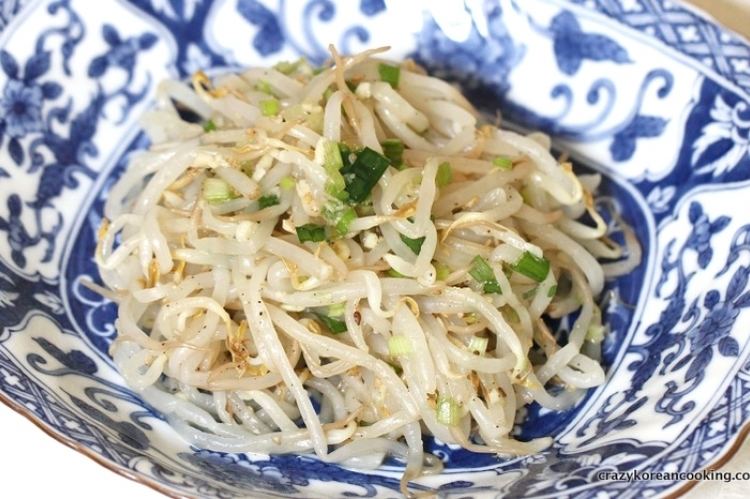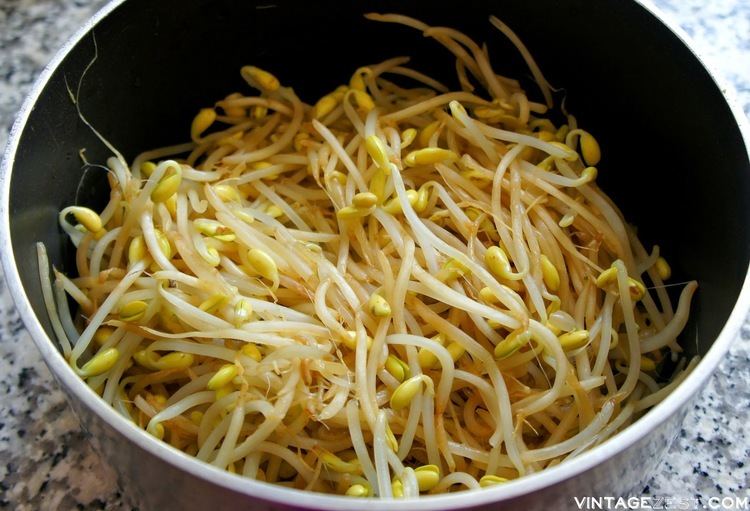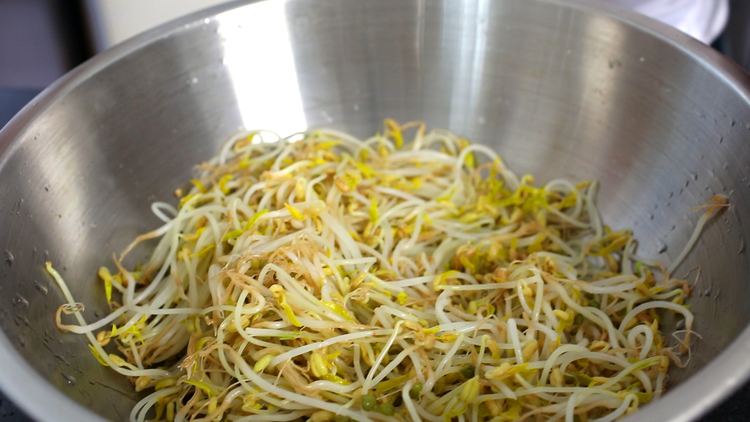Traditional Chinese 綠豆芽 Wade–Giles lütouya | Simplified Chinese 绿豆芽 Hanyu Pinyin Vietnamese giá đỗ xanh | |
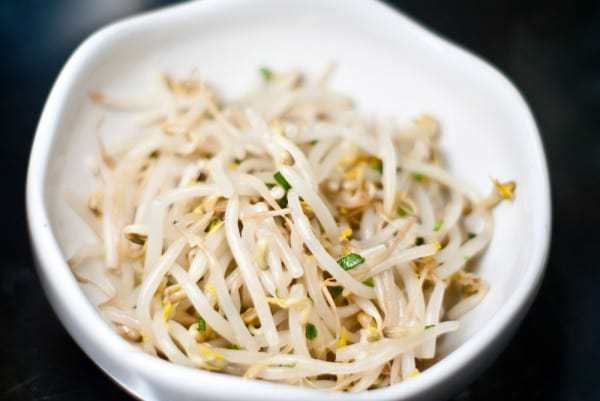 | ||
Similar Soybean sprout, Bokkeum, Yukgaejang, Guk, Jeon | ||
How to grow mung bean sprouts sukju namul
Mung bean sprout is a culinary vegetable grown by sprouting small and round mung beans. It can be grown by placing and watering the sprouted mung beans in the shade until the roots grow long. Mung bean sprouts are extensively cultivated and consumed in East Asia.
Contents
- How to grow mung bean sprouts sukju namul
- How to grow mung bean sprouts cheap easy method
- Etymology
- Korea
- References
How to grow mung bean sprouts cheap easy method
Etymology
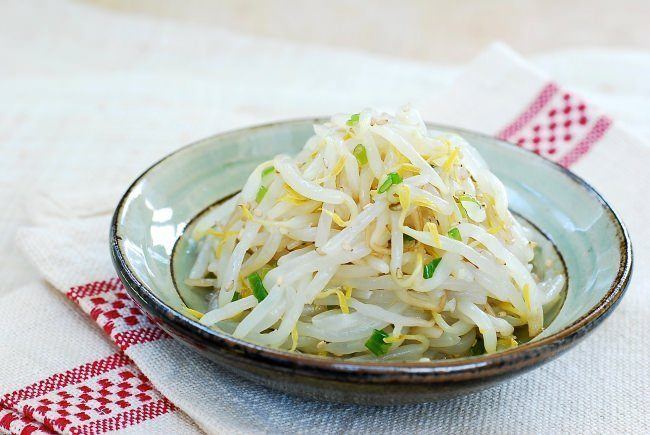
The Korean name "sukjunamul" is a compound of Sukju and namul, of which the former derived from the name of Sin Sukju(신숙주; 申叔舟), one of the prominent scholars who participated in creating hangul. Unlike his colleagues (later called the six martyred ministers) who had all pledged allegiance to King Danjong, Sin Sukju betrayed them in favour of Danjeong's uncle, Grand Prince Suyang (later King Sejo), who usurped the throne from his nephew and had him killed. People regarded Sin Sukju's move unethical and immoral, they started to gave his name to mung bean sprouts, which happened to go bad and spoil very easily.
Korea
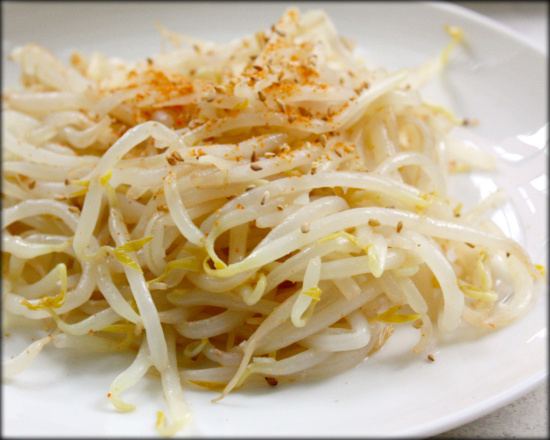
In Korea, the word sukjunamul(sometimes abbreviated as sukju) refers to both the mung bean sprouts themselves and the namul(vegetable side dishes) made from mung bean sprouts. Sukjunamul is not as common an ingredient as kongnamul(soybean sprout) in Korean cuisine, but it is used in bibimbap and fillings of mandu(dumplings) and sundae(Korean sausage).
Ingredients
Dishes
